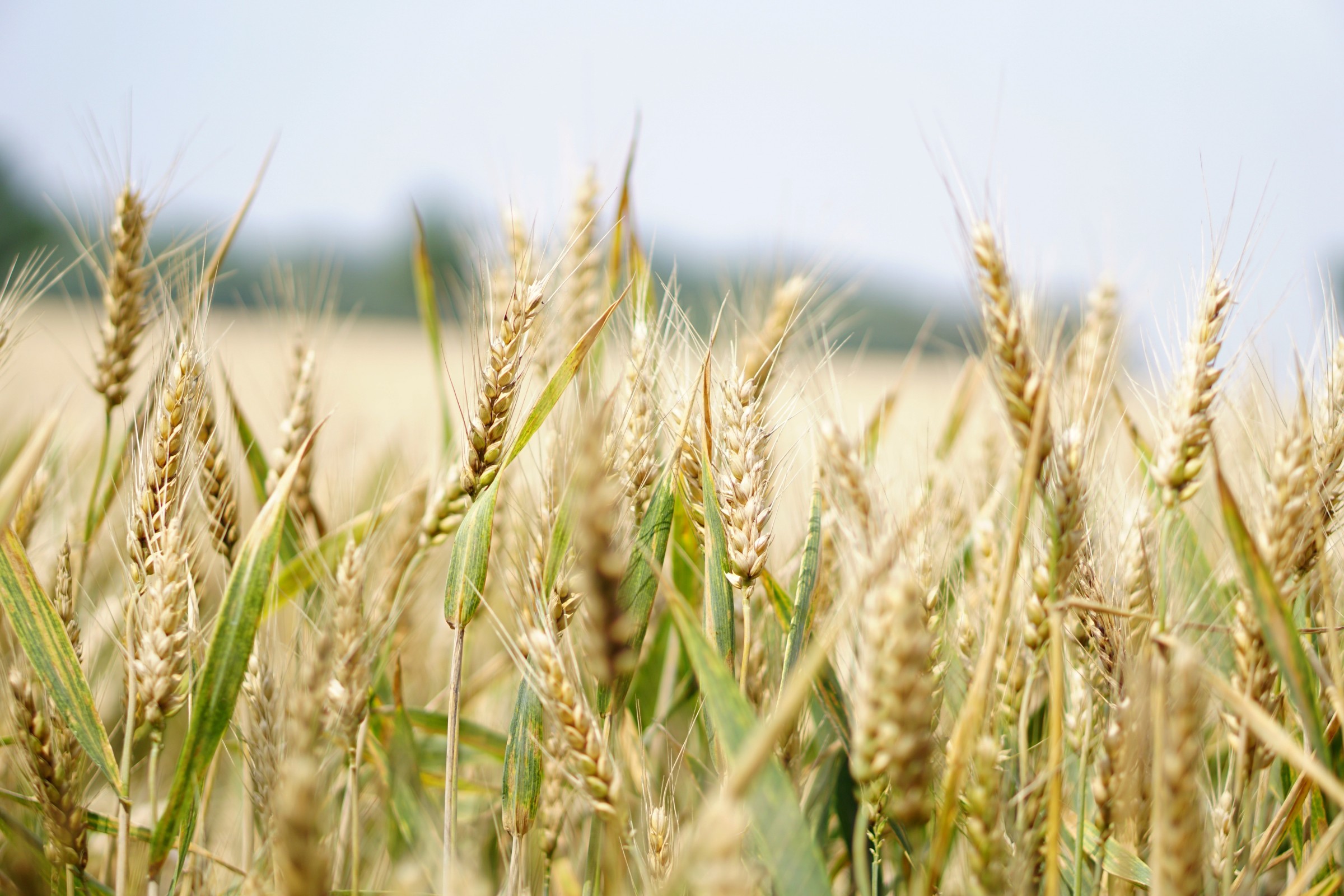Farming is one of the most dangerous occupations. Access to safety information and best practices is a vital component to improving farm safety. It is also key to have this information provided in the farm owner or employees’ native language, so a four-part video series on agricultural chemical safety is available in both English and Spanish. These short videos provide a basic understanding of the risks involved with handling chemicals, the various routes of exposure, preventative measures such as personal protective equipment (PPE), and what to do in case of an emergency situation.
Introduction: risks
Risk depends on a combination of how harmful the chemical is and the length of exposure to that chemical. Effects of chemical exposure include acute effects which occur within minutes or hours after exposure and delayed effects which could take weeks, months, or even years to appear.
Dermal and oral exposure: how chemicals can come in contact with skin or the mouth
Even though you may not see it, chemical residue can be left on surfaces such as door knobs, counters, and faucet handles. Chemical residue can also be ingested if proper hand washing is not done before eating and drinking. Hands can be protected by wearing gloves. Coveralls and aprons provide an added layer of protection over work clothes. If skin is exposed to chemicals, remove contaminated clothing and rinse the exposed skin immediately for at least 15 minutes with room temperature water. Use soap if the chemical sticks to skin. If a chemical is ingested, read the label for first aid instructions or ask a supervisor or employer. Do not induce vomiting unless the first aid instructions direct you to do so because vomiting may cause further damage.
Inhalation exposure: how chemicals can be inhaled
This could happen as a result of mists, vapors, smoke, or gases present in the air. A related hazard to chemical inhalation is when chemicals limit available oxygen in the atmosphere – enclosed or confined spaces, such as silos, grain bins, manure handling and storage systems, or shops without ventilation are areas of concern for oxygen deficiency. While it’s not possible to prevent all accidents, using the proper PPE (personal protective equipment can help reduce risk. A respirator is a device that protects the respiratory tract; work with a professional to determine if and what type of respirator should be used. Before using a respirator, a medical evaluation is required. Fit tests and fit checks should be performed on the PPE, along with regular cleaning and maintenance.
Eye exposure: common ways chemicals can come in contact with eye
Wear all required personal protective equipment appropriate to the chemicals being handled. There are two types of protective eyewear: safety glasses and safety goggles. Safety glasses are used for general impact protection; they protect eyes from being hit with objects. Safety goggles provide full protection around eyes and prevent chemicals from coming into contact with eyes. Eye wash stations should be available; there are several different types of eye wash stations. A farm should carefully consider what they need. Weekly testing and any necessary maintenance on the eye wash stations should be completed to be sure they continue working properly. If your eyes do come in contact with chemicals, put your head down and turn it to the side. Then hold the lids of the affected eye open under a gently running faucet. Be sure to rinse for at least 15 minutes.
Featured image courtesy of UW-Madison College of Agricultural and Life Sciences/Flickr


 AgrAbility: Here to Keep You Farming
AgrAbility: Here to Keep You Farming Overview of Post-Traumatic Stress Disorder (PTSD) and Complex Post-Traumatic Stress Disorder (cPTSD)
Overview of Post-Traumatic Stress Disorder (PTSD) and Complex Post-Traumatic Stress Disorder (cPTSD) Counselors have a place in agriculture
Counselors have a place in agriculture Five tools to address stress
Five tools to address stress


